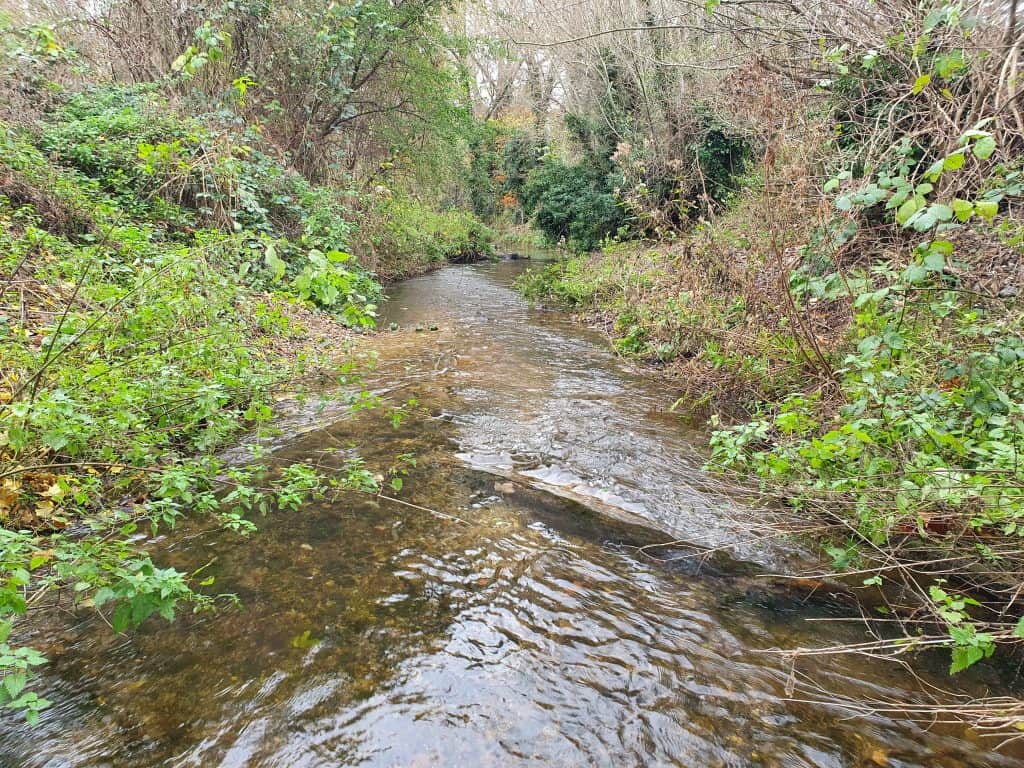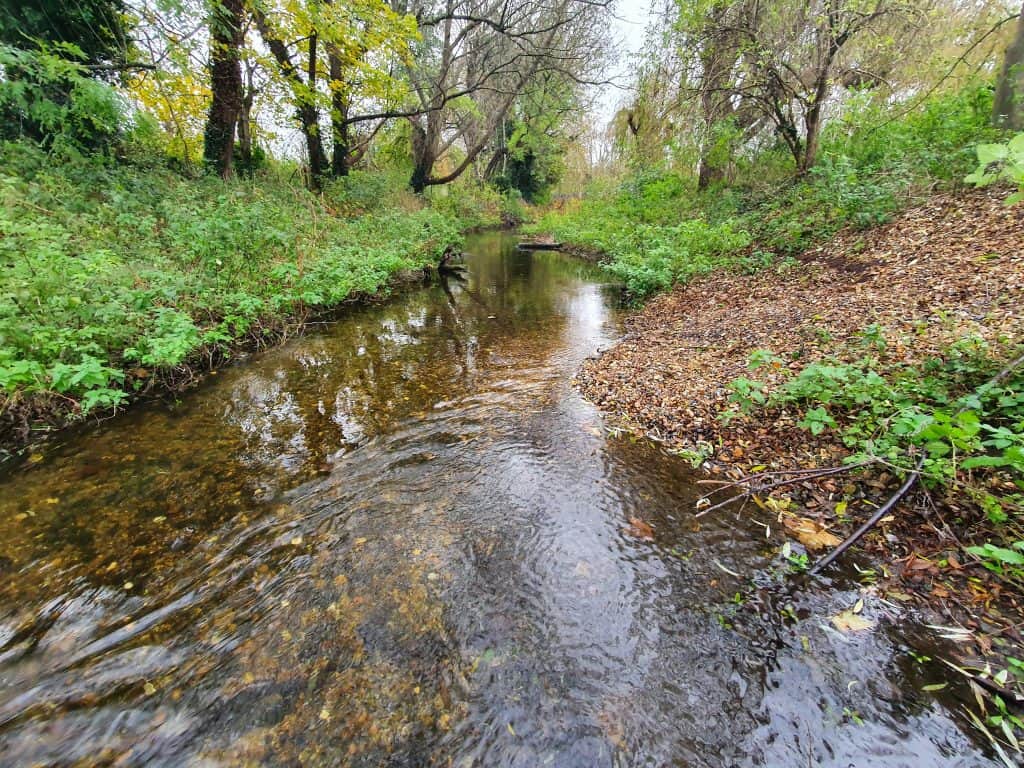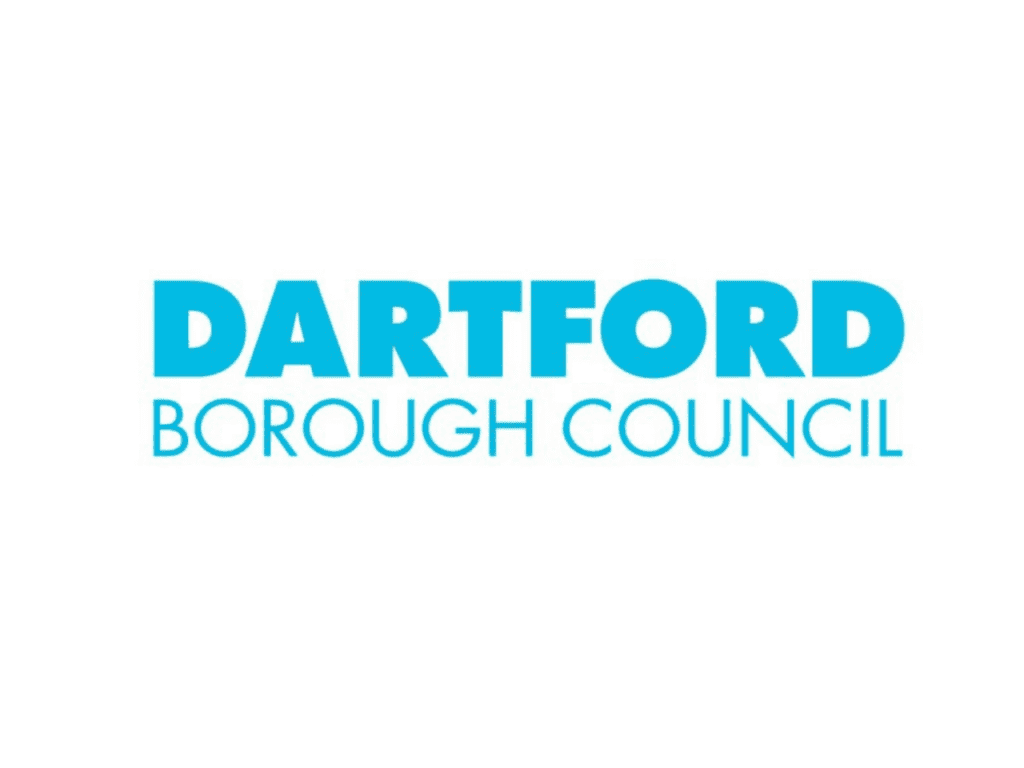A 600m stretch of the River Darent chalk stream has been turned from a backwater into a flowing, natural river as it passes through Central Park in Dartford.
We have worked in partnership with Dartford Borough Council, the Environment Agency and CBEC to design and deliver a showcase restoration project that reintroduces chalk stream river form and function on the Darent.





